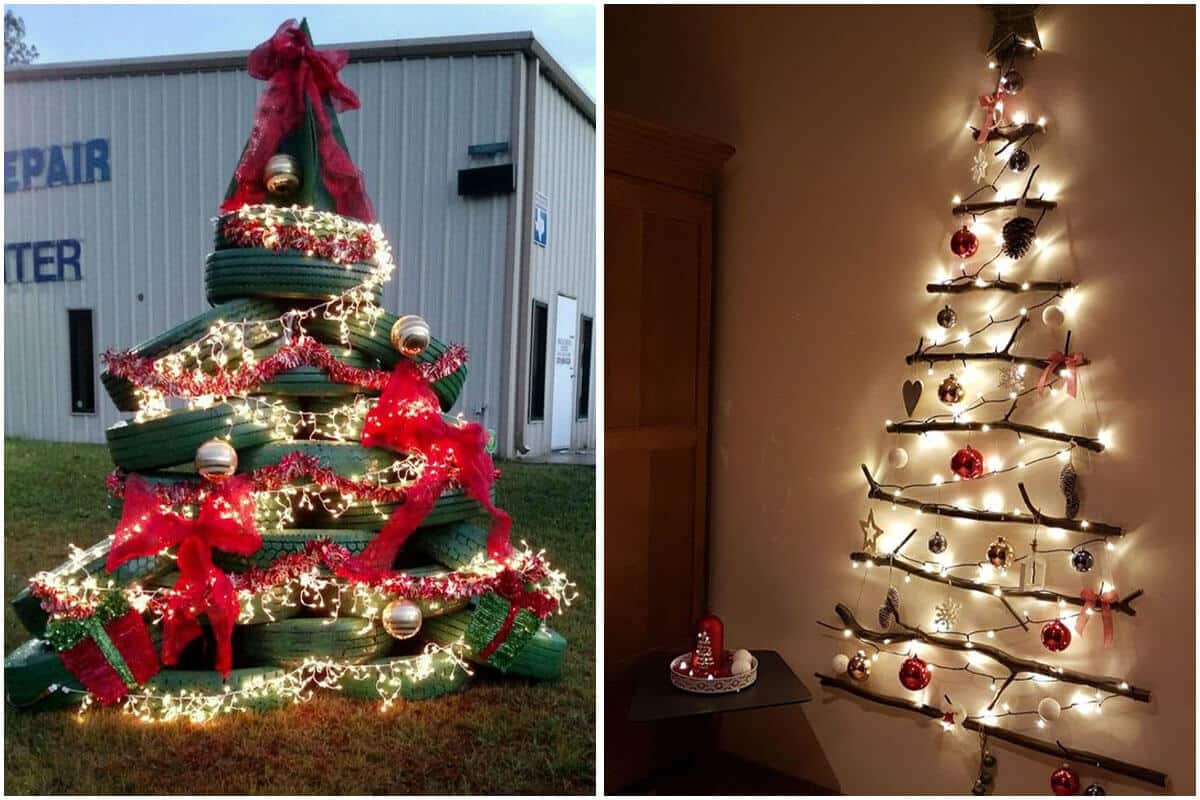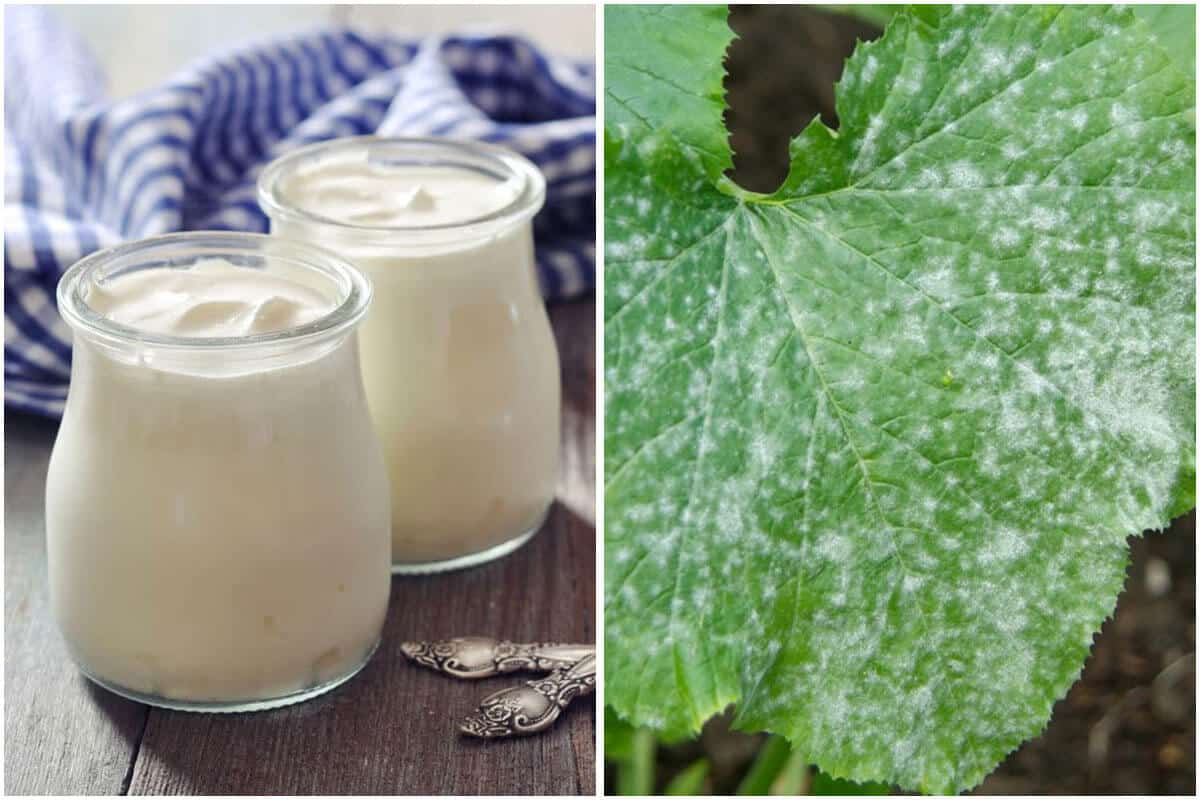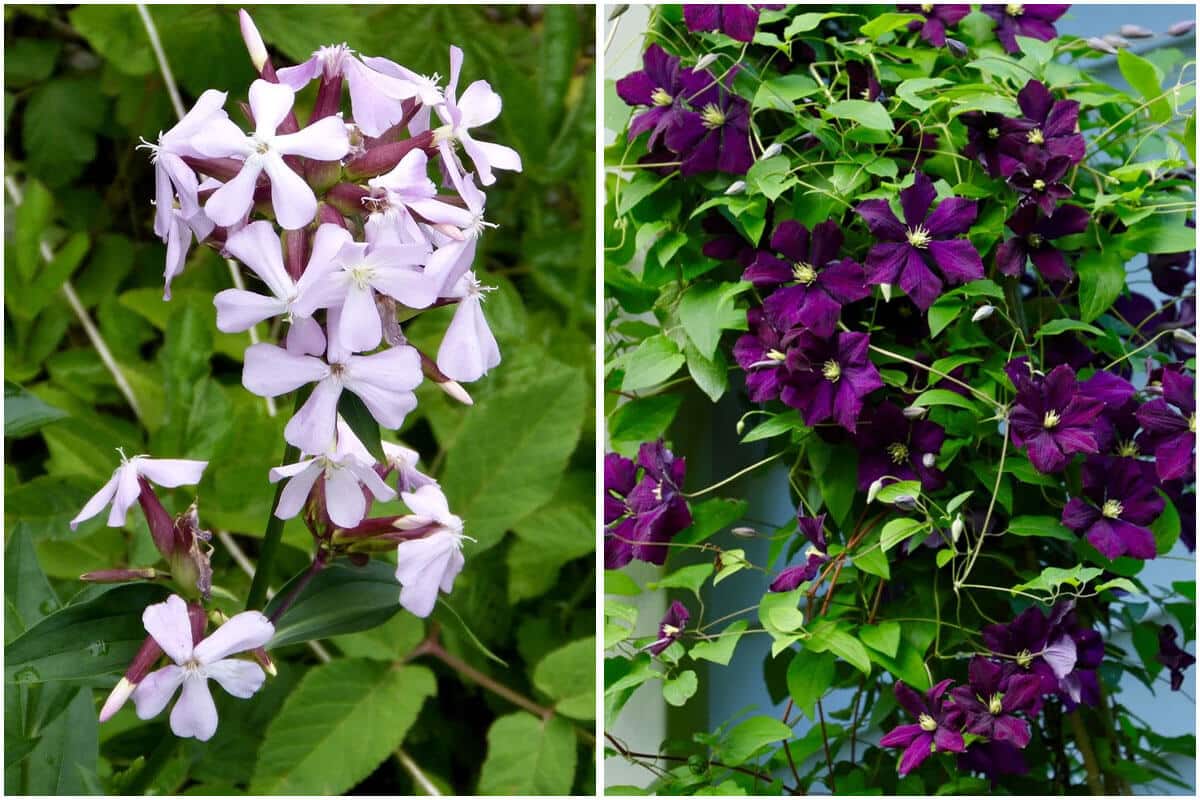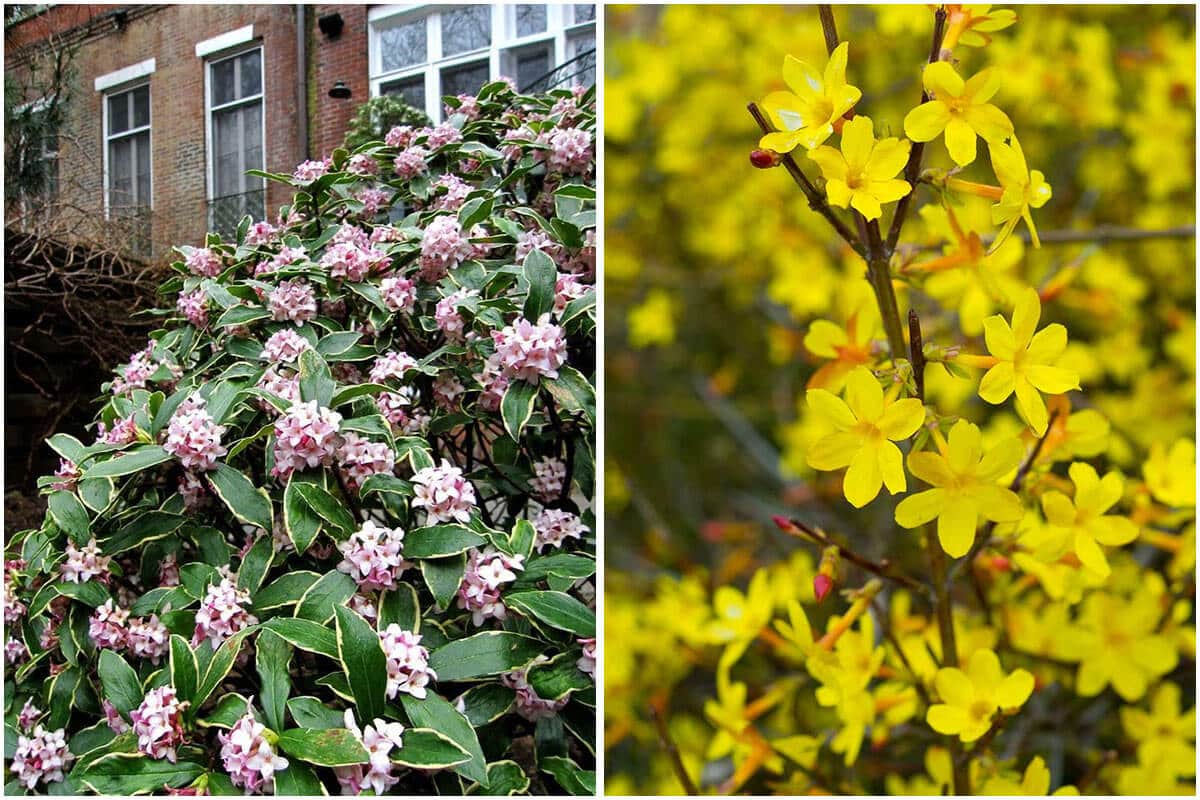Seaweed can do tremendously for your garden. Normally, we love seaweed as it is edible in its own right. But it’s actually an excellent source of nutrition for plants as well as people. That’s why seaweed is used to make fertilizer. This fertilizer is completely biodegradable and breaks down quickly. Trace elements including iron, manganese, zinc, copper and boron in seaweed are not often found in other fertilizers. So good, right?
So, you’ve got what this post is about, right? It shares 5 amazing uses of seaweed for your garden. If you prefer natural gardening methods, you should never miss this. They offer more than just an organic fertilizer. Who do not want their plants to grow healthily without using any chemical gardening tools? Your homegrown produce is then safe and delicious. For instance, you can eat fresh tomatoes right after picking them off. Seaweed comes as a solution for environment-friendly gardening tool. Let’s check it out!
#1 Seaweed Compost
Seaweed can be composted in the same way as you would compost other plant material. But it offers more nutritional values than other materials added to the compost pile. It’s not only good for plant growth, but is also effective in improving the soil ecosystem.
#2 Use Seaweed as Mulch
Seaweed makes an excellent material to make garden mulch. Mulching is a very important part of ‘no dig’ gardening. This system allows gardeners to maintain fertility while disrupting the fragile soil ecosystem as little as possible.
#3 Make a Seaweed Liquid Plant Feed
You can also make use of seaweed to make a liquid plant feed. This organic liquid plant feed is great for giving plants (especially fruiting plants) a quick boost.
Here is how to do it: Gather your seaweed and rinse to remove excess salt. Fill a bucket around ¾ full with water, and add as much seaweed as will fit. Weigh down the seaweed to keep it under the water. Remove the weight and stir the mix every few days. Put on lid of the bucket (it will stink!) and leave it for several weeks, ideally at least 2-3 months. Strain the mixture and dilute it with three parts water to one part of the mixture. Pour your seaweed ‘tea’ into watering can or bottles, and use it around the base of your plants, or spray it on as a foliar feed.
#4 Dry Seaweed to Make Seaweed Meal Soil Conditioner
Why not dry and crumble seaweed to make a seaweed meal soil conditioner? Of course, you can buy kelp meal soil conditioner online or at stores. But the point here is making your own will be a cheaper and potentially more eco-friendly alternative.
This seaweed meal soil conditioner is easy to store, and can easily be sprinkled around your plants (even house plants) or added to planting holes.
#5 Take a Seaweed Bath for Your Garden
All you need to do is dig a trench and blanket the base of it with a layer of seaweed. Then, place the seed potatoes directly on top of it and backfilling with soil. There is no need to rinse excess salt water from seaweed. Fresh seaweed also makes an excellent general mulch or a great addition to the compost heap, while you can use it to make a fantastic liquid plant feed for free.










